Home>Furniture & Design>Interior Design Trends>How Much Are Glass Floats Worth
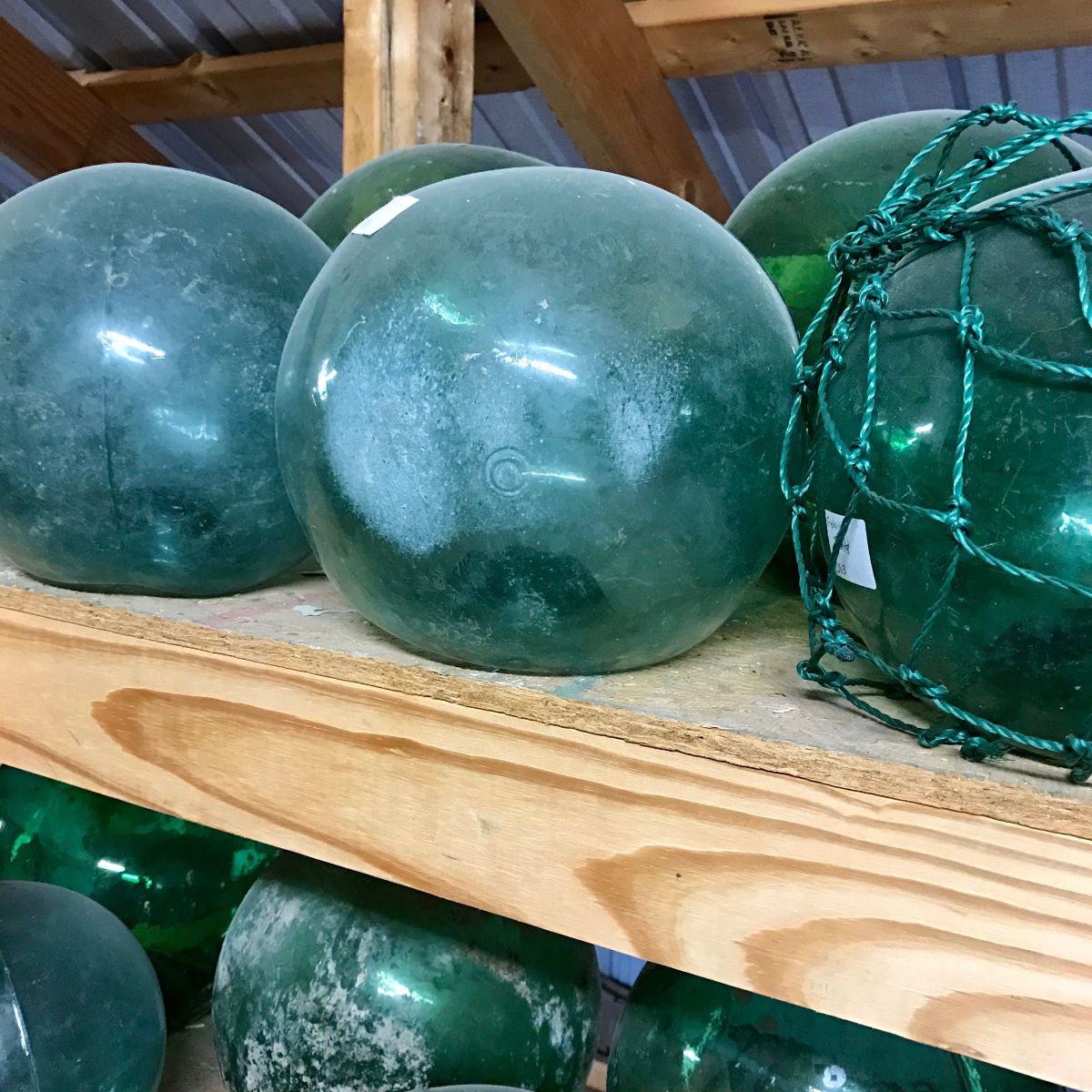

Interior Design Trends
How Much Are Glass Floats Worth
Modified: March 2, 2024
Discover the latest interior design trends and find out how much glass floats are worth. Explore the value of glass floats in today's market.
(Many of the links in this article redirect to a specific reviewed product. Your purchase of these products through affiliate links helps to generate commission for Storables.com, at no extra cost. Learn more)
Introduction
Glass floats, also known as Japanese fishing floats, have a rich history and hold a special allure for collectors and enthusiasts alike. These captivating treasures, once used by fishermen to keep their nets afloat, have evolved into highly sought-after decorative pieces and collectibles. The allure of glass floats lies not only in their functional history but also in their aesthetic appeal and the stories they carry within their delicate, translucent forms.
The world of glass floats is a fascinating blend of maritime history, craftsmanship, and artistic beauty. From their humble origins as essential tools for the fishing industry to their transformation into coveted items for collectors, glass floats have captured the imagination of people around the globe. Understanding the history, factors affecting their value, pricing, and where to buy and sell these unique artifacts can provide valuable insights into this captivating niche of the collectibles market.
As we delve into the world of glass floats, we will explore their intriguing past, the various factors that influence their value, and the methods used to determine their worth. Additionally, we will uncover the best practices for buying and selling glass floats, offering a comprehensive guide for both seasoned collectors and those new to this captivating realm. Join us on this journey as we unravel the mysteries and allure of glass floats, shedding light on their significance and value in today's world.
Key Takeaways:
- Glass floats, once essential for fishing, now hold historical and aesthetic value. Factors like rarity, condition, and storytelling contribute to their allure and pricing in the collectibles market.
- Collectors can buy and sell glass floats through online platforms, antique shops, collectibles fairs, and specialized auction houses, connecting with a vibrant community of enthusiasts and preserving maritime history.
Read more: What Is Float Glass
History of Glass Floats
The history of glass floats traces back to the late 19th century when Norwegian fishermen first began using hollow glass spheres to keep their fishing nets afloat. These early glass floats, often made from recycled glass, provided crucial buoyancy to the nets, enabling them to remain suspended in the water and effectively capture fish. The concept quickly gained traction and spread to other fishing communities around the world, including Japan, where the iconic Japanese fishing floats were crafted.
In Japan, the production of glass floats reached its peak during the early to mid-20th century, with skilled artisans meticulously handcrafting these floats using a technique known as glassblowing. Each float was a testament to the craftsmanship and artistry of the glassblowers, who carefully shaped molten glass into perfectly round, buoyant spheres. The floats were then sealed to ensure they remained airtight, allowing them to fulfill their essential role in supporting fishing nets at sea.
The distinctive appearance of Japanese glass floats, characterized by their vibrant colors and unique markings, reflects the diverse origins of the glass used in their production. Some floats bear the marks of their tumultuous oceanic journeys, with barnacles and weathering adding to their allure and storytelling potential. As the fishing industry evolved, alternative materials such as plastic and Styrofoam gradually replaced glass floats, marking the decline of traditional float production.
The transition to modern fishing technologies signaled the end of an era for glass floats as essential fishing tools. However, their legacy endured, and they found new life as prized collectibles and decorative pieces. Today, the history of glass floats lives on through the dedicated efforts of collectors, historians, and enthusiasts who recognize the cultural and historical significance of these captivating artifacts.
The evolution of glass floats from indispensable fishing equipment to cherished collectibles reflects the enduring appeal of maritime history and the timeless allure of handcrafted treasures. Their journey through time and across oceans has imbued glass floats with a sense of mystery and nostalgia, making them not just objects of beauty, but also vessels of history and tradition. Understanding the rich history of glass floats provides a deeper appreciation for their significance and enduring charm in the world of collectibles.
Factors Affecting the Value of Glass Floats
The value of glass floats is influenced by a myriad of factors that contribute to their allure and desirability in the collectibles market. Understanding these key elements is essential for collectors, enthusiasts, and anyone seeking to appraise or acquire glass floats. Here are the primary factors that affect the value of glass floats:
1. Rarity and Age
The rarity and age of a glass float significantly impact its value. Older floats, particularly those dating back to the early to mid-20th century, are highly sought after due to their historical significance and scarcity. Additionally, floats with unique markings, distinct colors, or rare features command higher prices, reflecting their scarcity and desirability among collectors.
2. Condition
The condition of a glass float is a critical determinant of its value. Collectors place great emphasis on the preservation of floats, favoring those with minimal damage, such as chips, cracks, or significant wear. Pristine examples with intact netting marks and vibrant, unblemished surfaces are highly prized, commanding premium prices in the market.
Read more: What Is Candlewick Glass Worth
3. Aesthetic Appeal
The visual appeal of a glass float plays a pivotal role in determining its value. Vibrant colors, intricate patterns, and exceptional craftsmanship contribute to the aesthetic allure of a float, making it more desirable to collectors. Unique characteristics, such as rare color combinations or unusual shapes, add to the mystique and value of a glass float.
4. Provenance and Storytelling
The provenance and storytelling potential of a glass float can significantly enhance its value. Floats with documented histories, including details of their origin, previous ownership, or notable journeys across the seas, captivate collectors seeking to connect with the rich narratives embedded within these artifacts. The ability of a glass float to evoke a sense of history and adventure can elevate its value in the eyes of discerning collectors.
5. Market Demand and Trends
The prevailing market demand and trends within the collectibles industry influence the value of glass floats. Fluctuations in collector preferences, shifts in design trends, and evolving consumer interests can impact the perceived value of glass floats. Additionally, the influence of renowned collectors, museum exhibitions, and media exposure can contribute to fluctuations in market demand and subsequent valuation of glass floats.
By considering these key factors, collectors and enthusiasts can gain valuable insights into the nuanced elements that contribute to the value of glass floats. The interplay of rarity, condition, aesthetic appeal, storytelling potential, and market dynamics collectively shapes the intricate tapestry of glass float valuation, adding depth and fascination to the world of collectibles.
Pricing and Valuation of Glass Floats
Determining the pricing and valuation of glass floats involves a nuanced evaluation of various factors that contribute to their desirability and market value. Collectors, enthusiasts, and individuals seeking to appraise or acquire glass floats must consider several key elements to ascertain their worth accurately.
Read more: How Much Is A Used Recliner Worth
Market Trends and Comparative Analysis
One of the primary methods used in the valuation of glass floats is conducting a thorough analysis of current market trends and comparative pricing. This involves researching recent sales of similar glass floats, taking into account their age, condition, provenance, and aesthetic appeal. By examining the prices at which comparable floats have been sold, collectors and appraisers can gain valuable insights into the prevailing market value and demand for these artifacts.
Rarity and Historical Significance
The rarity and historical significance of a glass float play a pivotal role in determining its valuation. Rare examples, particularly those dating back to the early to mid-20th century, often command higher prices due to their scarcity and historical importance. Additionally, floats with unique characteristics, such as distinct markings, vibrant colors, or exceptional craftsmanship, are valued for their individuality and storytelling potential, contributing to their overall worth in the collectibles market.
Condition and Preservation
The condition of a glass float is a critical factor in its valuation. Collectors place significant emphasis on the preservation of floats, favoring examples with minimal damage, intact netting marks, and vibrant, unblemished surfaces. Pristine condition floats, free from chips, cracks, or significant wear, are highly sought after and typically receive higher valuations due to their exceptional state of preservation.
Provenance and Documentation
The provenance and documentation of a glass float can greatly influence its valuation. Floats with well-documented histories, including details of their origin, previous ownership, and notable journeys, hold a special allure for collectors seeking to connect with the rich narratives embedded within these artifacts. The ability of a glass float to evoke a sense of history and adventure can elevate its value, especially when supported by credible documentation and provenance.
Read more: How Much Is A Handmade Quilt Worth
Appraisal by Experts and Specialists
Seeking appraisal and valuation services from experts and specialists in the field of glass floats is essential for obtaining accurate assessments of their worth. Experienced appraisers possess the expertise and knowledge to evaluate the intricacies of glass floats, considering factors such as craftsmanship, rarity, condition, and market demand. Their insights and professional assessments provide valuable guidance for collectors and individuals navigating the complexities of glass float valuation.
By considering these key aspects, collectors, enthusiasts, and individuals involved in the appraisal and acquisition of glass floats can gain a comprehensive understanding of the factors that contribute to their pricing and valuation. The interplay of market trends, rarity, condition, provenance, and expert appraisal collectively shapes the intricate landscape of glass float valuation, offering valuable insights into their significance and worth in the realm of collectibles.
Where to Buy and Sell Glass Floats
When it comes to buying and selling glass floats, enthusiasts and collectors have a variety of options to explore, each offering unique opportunities to acquire or part with these captivating artifacts. Understanding the diverse avenues available for purchasing and selling glass floats is essential for navigating the collectibles market and engaging with fellow enthusiasts. Here are several prominent channels for buying and selling glass floats:
1. Online Auctions and Marketplaces
Online platforms such as eBay, Etsy, and specialized collectibles websites provide a convenient and far-reaching marketplace for buying and selling glass floats. These platforms offer a wide array of floats, ranging from vintage pieces to contemporary interpretations, allowing collectors to browse diverse selections and engage in competitive bidding processes. Sellers can showcase their glass floats to a global audience, reaching potential buyers who share a passion for these unique collectibles.
2. Antique Shops and Collectibles Stores
Antique shops and collectibles stores often feature a curated selection of glass floats, catering to discerning collectors seeking authentic and meticulously curated pieces. These brick-and-mortar establishments provide a tactile and immersive experience, allowing buyers to examine floats in person, appreciate their craftsmanship, and gain insights from knowledgeable proprietors. Likewise, sellers can consign or sell their glass floats through these specialized venues, leveraging the expertise and clientele of established collectibles retailers.
Read more: How Much Is A Scrap Water Heater Worth
3. Collectibles Fairs and Flea Markets
Participating in collectibles fairs, flea markets, and antique shows presents an excellent opportunity to buy and sell glass floats while engaging with a community of fellow enthusiasts. These events offer a vibrant atmosphere where collectors can discover unique finds, interact with sellers, and immerse themselves in the world of collectibles. For sellers, these gatherings provide a platform to showcase their glass floats directly to a diverse audience of potential buyers, fostering personal connections and sharing the stories behind their cherished pieces.
4. Online Collectibles Communities and Forums
Engaging with online collectibles communities and forums allows enthusiasts to connect with like-minded individuals, exchange insights, and discover opportunities to buy or sell glass floats. Platforms such as collector forums, social media groups, and dedicated collectibles websites facilitate discussions, trading, and sales within a passionate community of collectors. By participating in these online spaces, both buyers and sellers can forge meaningful connections, gain valuable knowledge, and access exclusive offerings within the niche of glass float collecting.
5. Specialized Auction Houses and Galleries
For collectors seeking exceptional and rare glass floats, specialized auction houses and galleries offer access to curated collections and high-profile sales. These esteemed institutions host auctions, exhibitions, and private sales, showcasing extraordinary glass floats with historical significance and exceptional provenance. Sellers can consign their floats to renowned auction houses, leveraging their expertise and global reach to attract discerning collectors and connoisseurs who value the finest examples of glass float craftsmanship.
Navigating the diverse landscape of buying and selling glass floats encompasses a blend of digital platforms, physical venues, community engagement, and specialized channels tailored to the unique allure of these collectibles. By exploring these varied avenues, collectors and enthusiasts can immerse themselves in the captivating world of glass floats, discovering new treasures, connecting with fellow aficionados, and perpetuating the legacy of these remarkable artifacts.
Conclusion
In conclusion, the world of glass floats encompasses a rich tapestry of history, craftsmanship, and timeless allure. From their humble origins as essential tools for the fishing industry to their transformation into coveted collectibles, glass floats have traversed oceans and eras, carrying with them stories of maritime heritage and artistic ingenuity. The journey of glass floats, from indispensable fishing equipment to cherished artifacts, reflects the enduring appeal of handcrafted treasures and the universal fascination with the sea.
The factors influencing the value of glass floats, including rarity, age, condition, aesthetic appeal, and storytelling potential, contribute to their multifaceted allure in the realm of collectibles. Understanding these key elements provides collectors and enthusiasts with valuable insights into the nuanced aspects that shape the value and desirability of glass floats. Moreover, the methods used to determine the pricing and valuation of glass floats, such as market trends, comparative analysis, provenance, and expert appraisal, offer a comprehensive framework for assessing their worth and significance.
Exploring the diverse avenues for buying and selling glass floats, from online platforms and antique shops to collectibles fairs and specialized auction houses, presents a myriad of opportunities for enthusiasts to engage with these captivating artifacts. The interconnected nature of these channels fosters a vibrant community of collectors, sellers, and connoisseurs, each contributing to the preservation and appreciation of glass floats as cherished pieces of maritime history and artistic expression.
As glass floats continue to captivate the imagination of collectors and enthusiasts worldwide, their legacy endures as a testament to the enduring allure of maritime history and the timeless appeal of handcrafted treasures. The stories embedded within each float, from their oceanic voyages to their cultural significance, enrich the world of collectibles with a sense of adventure and nostalgia, inviting individuals to connect with the captivating narratives encapsulated within these delicate, translucent spheres.
In essence, the world of glass floats transcends mere objects of beauty; it embodies a profound connection to the sea, a celebration of craftsmanship, and a testament to the enduring allure of maritime heritage. As collectors and enthusiasts continue to cherish and seek out these remarkable artifacts, the legacy of glass floats perseveres, weaving a timeless narrative that resonates with the spirit of exploration, artistry, and the enduring fascination with the mysteries of the sea.
Frequently Asked Questions about How Much Are Glass Floats Worth
Was this page helpful?
At Storables.com, we guarantee accurate and reliable information. Our content, validated by Expert Board Contributors, is crafted following stringent Editorial Policies. We're committed to providing you with well-researched, expert-backed insights for all your informational needs.
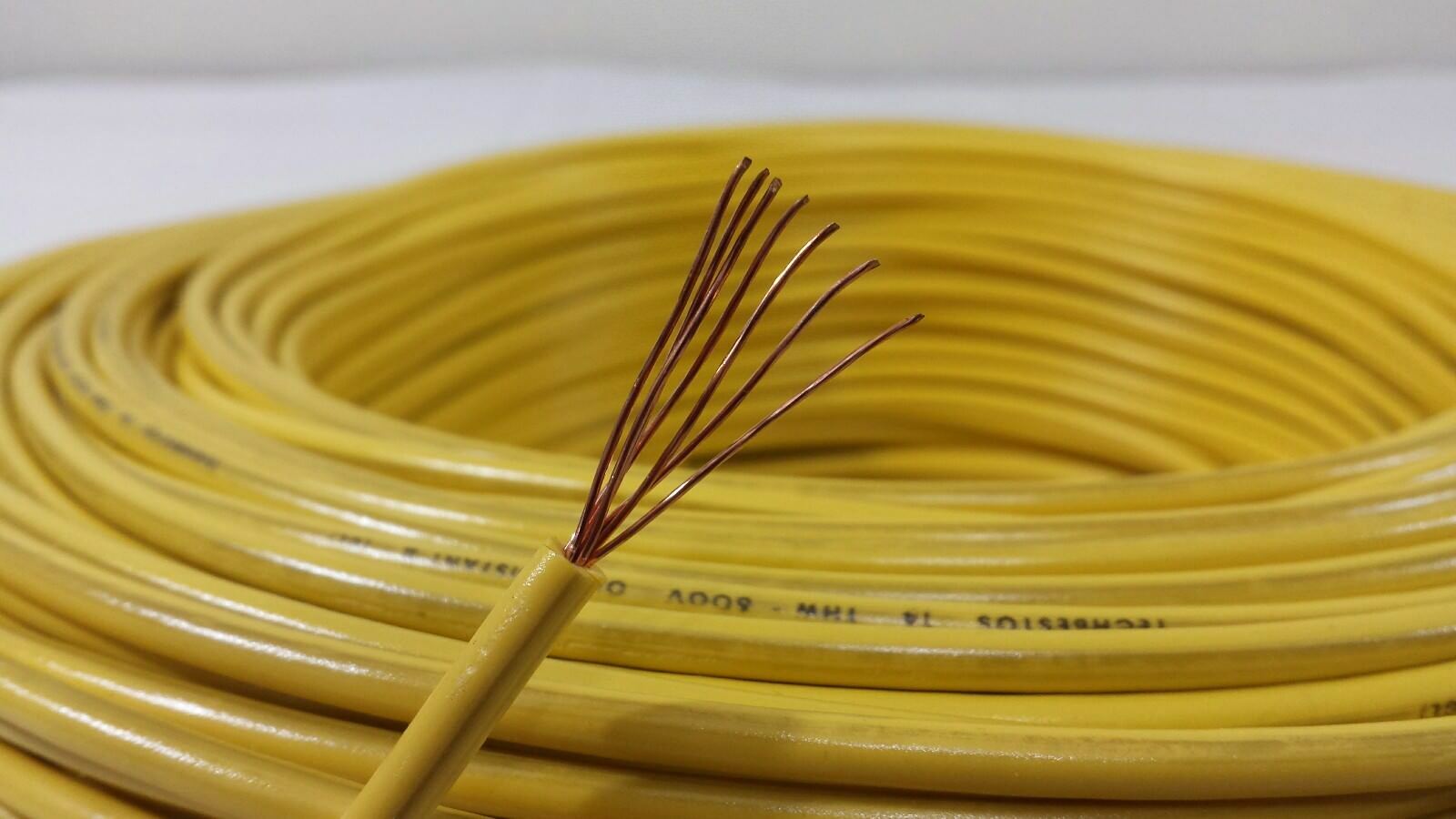
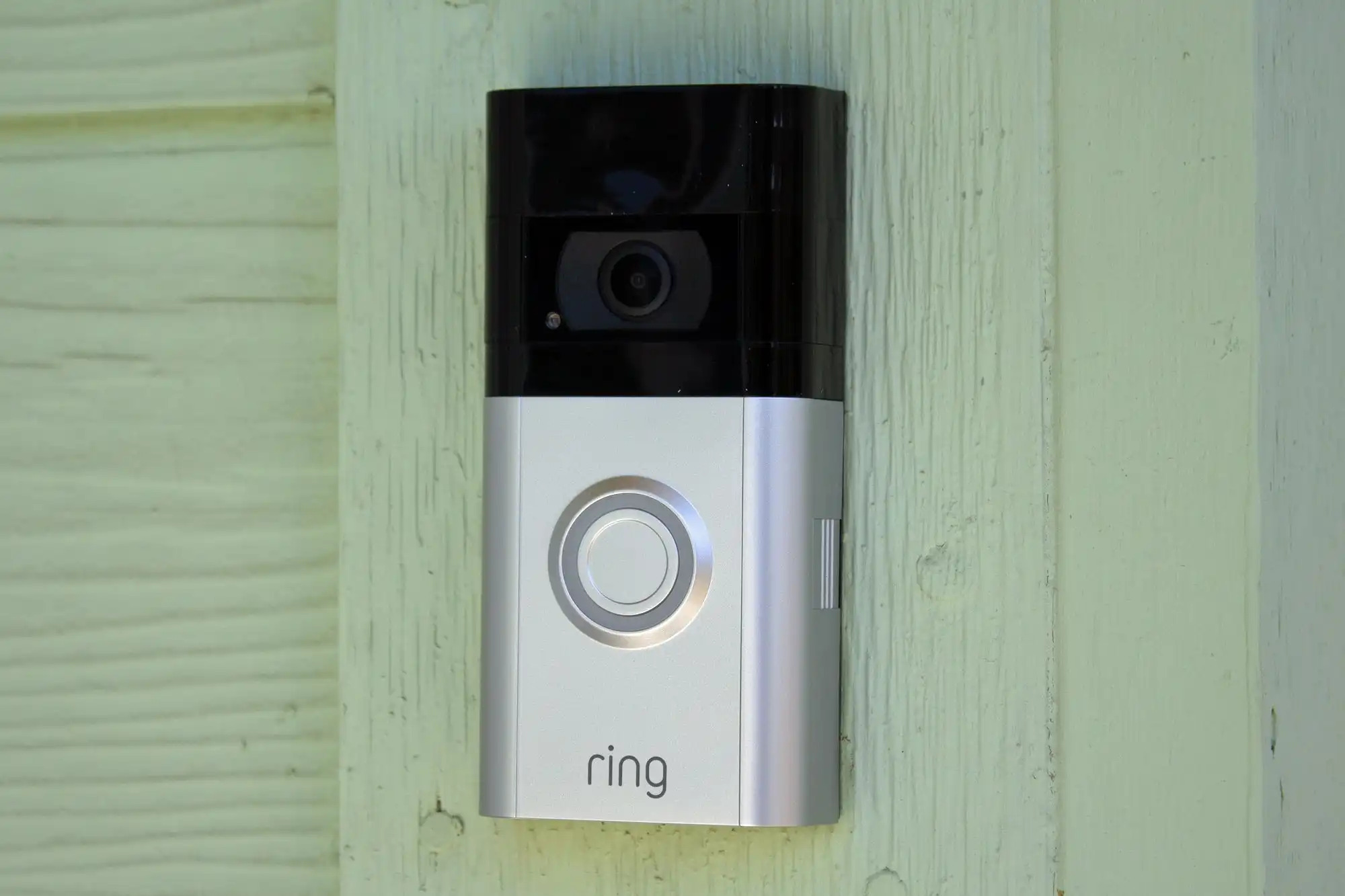
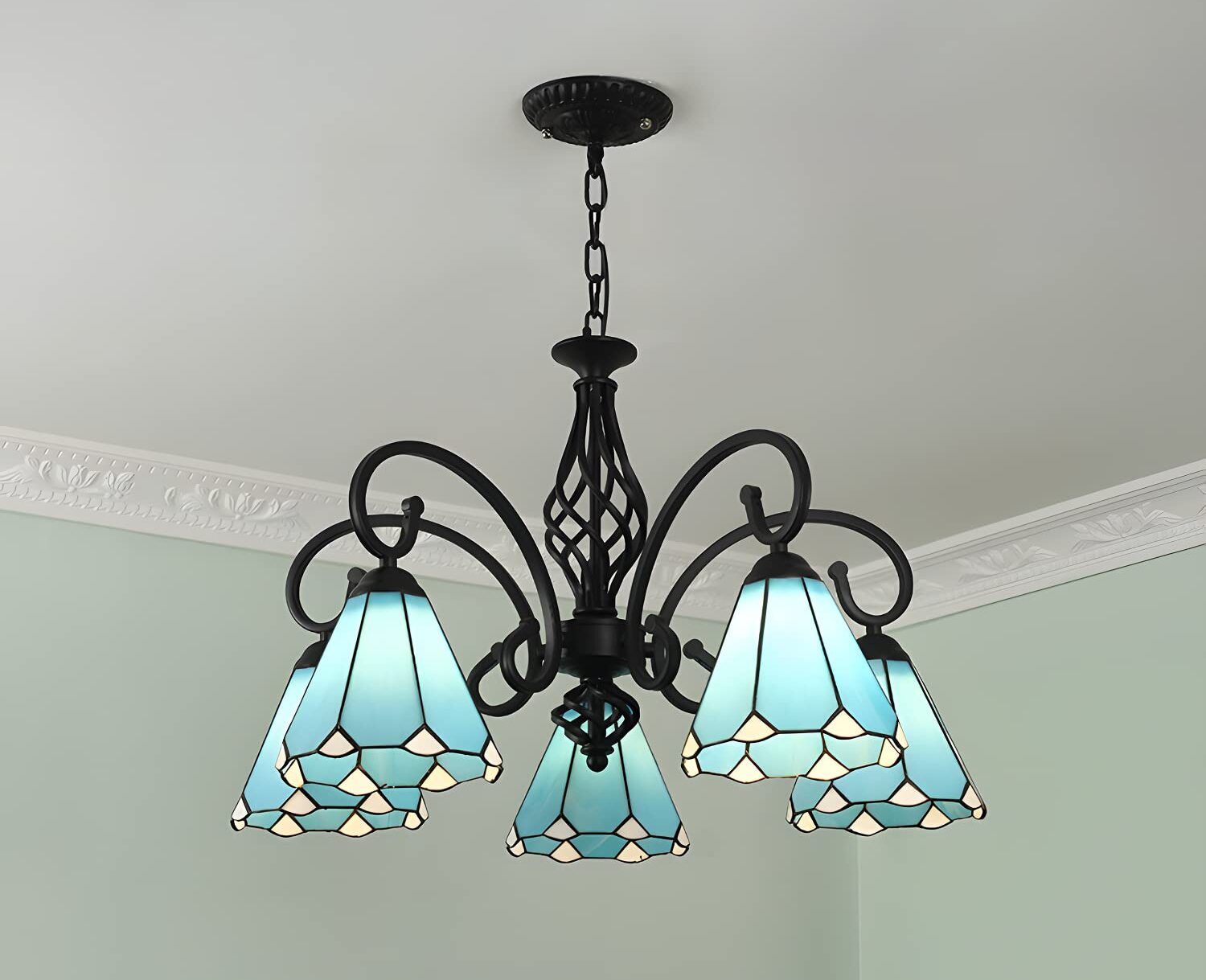
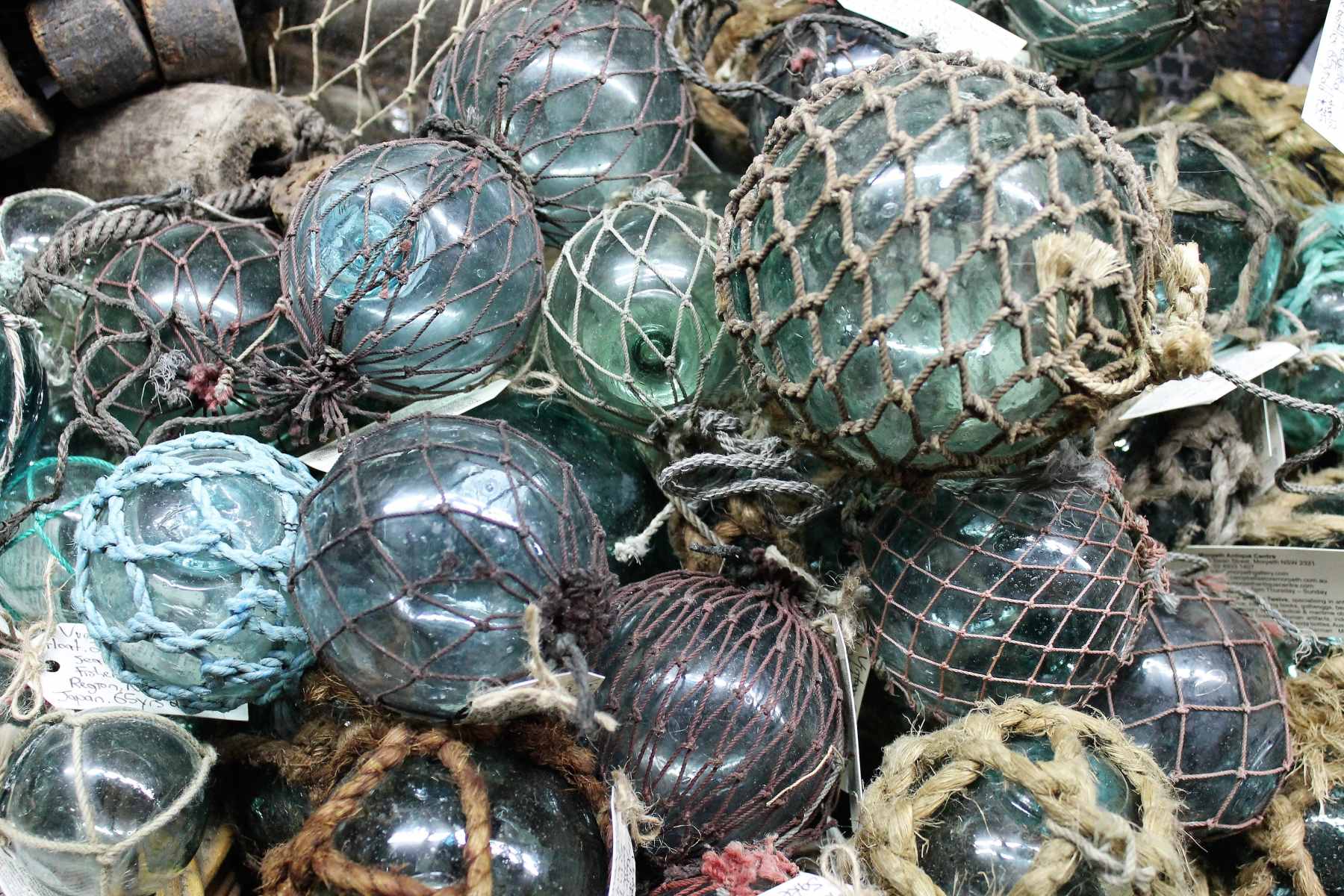
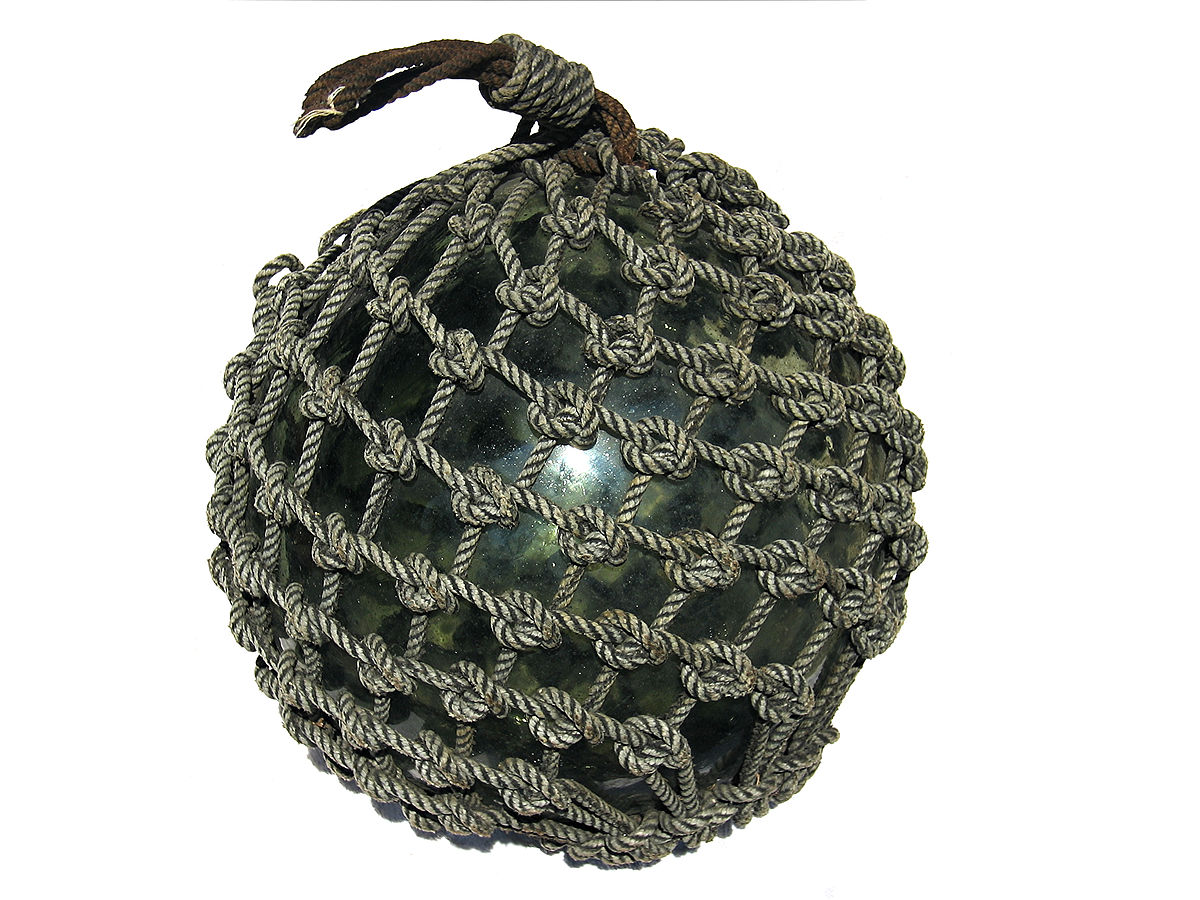
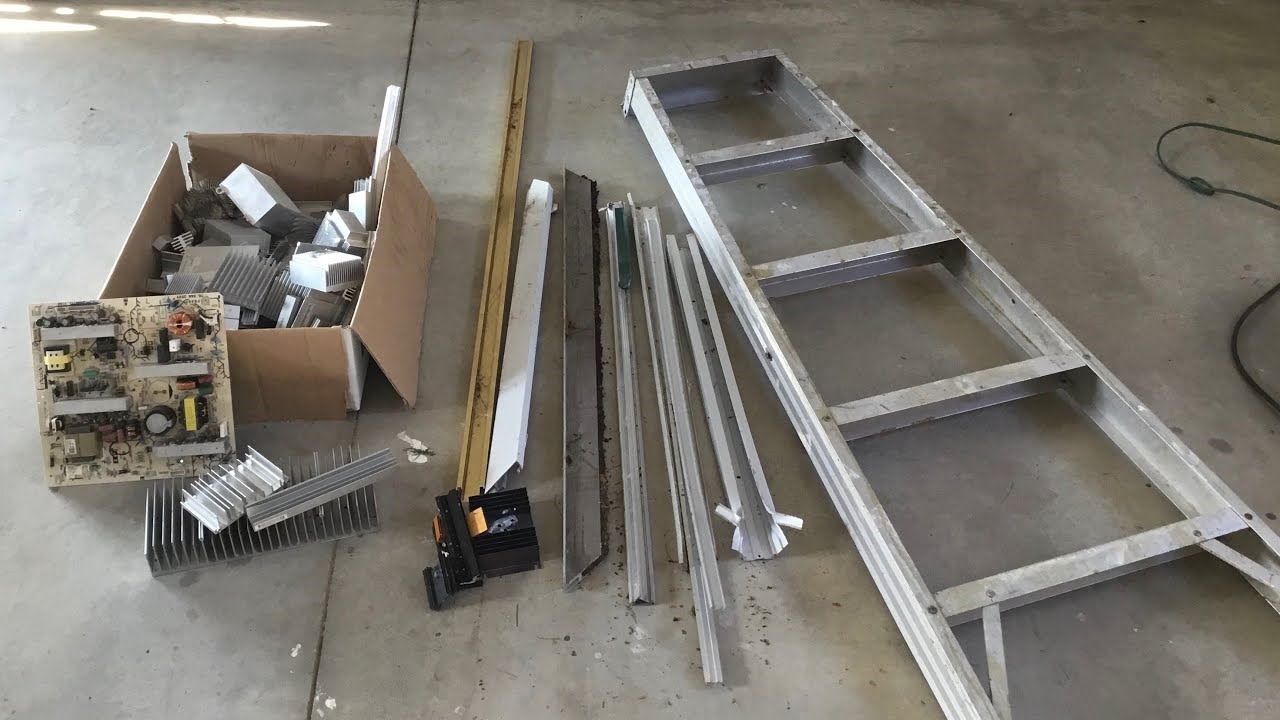
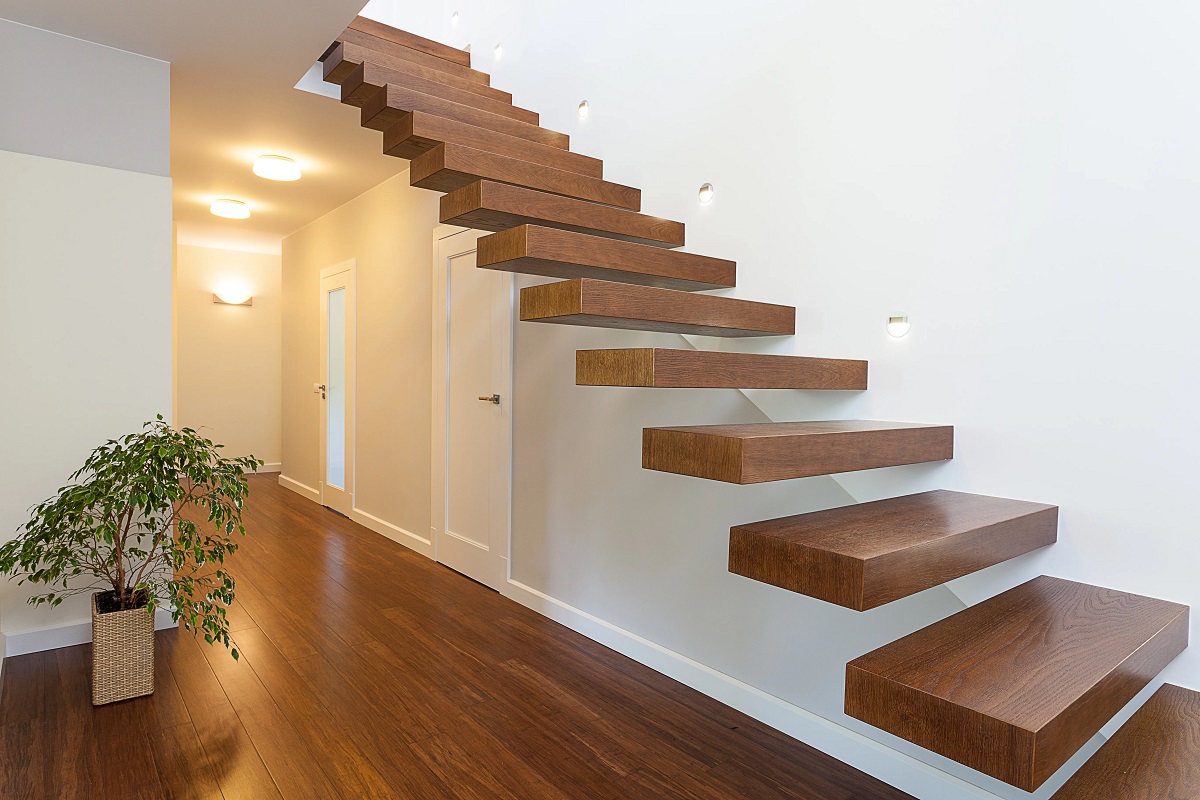
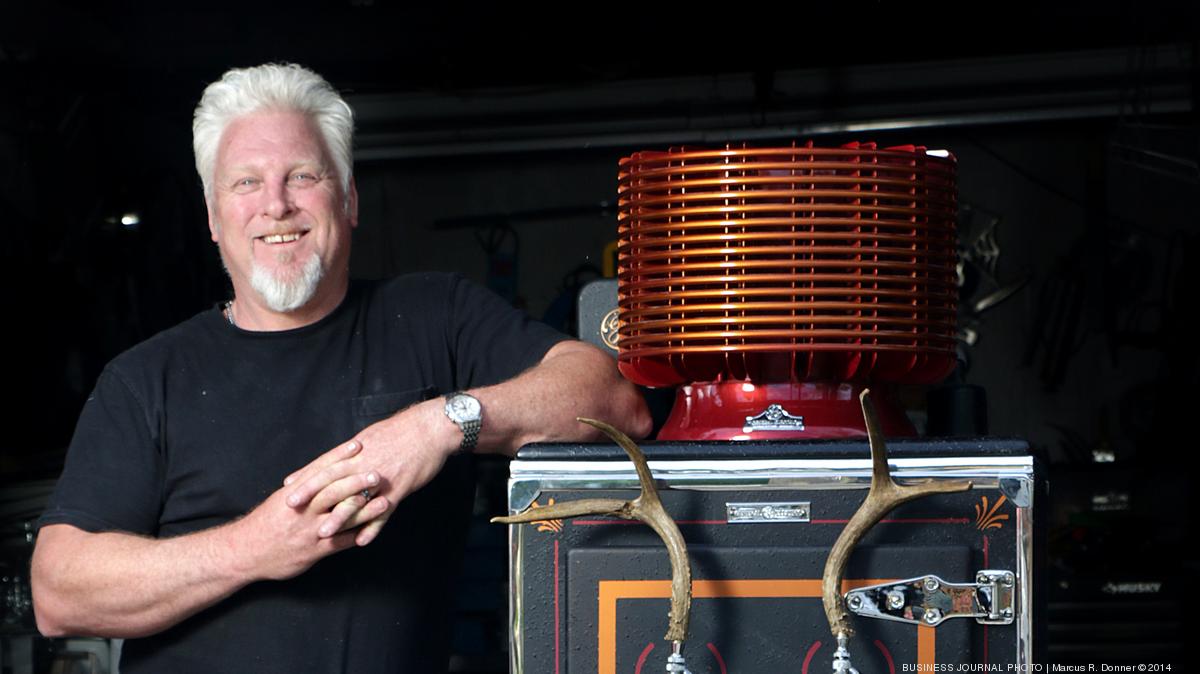
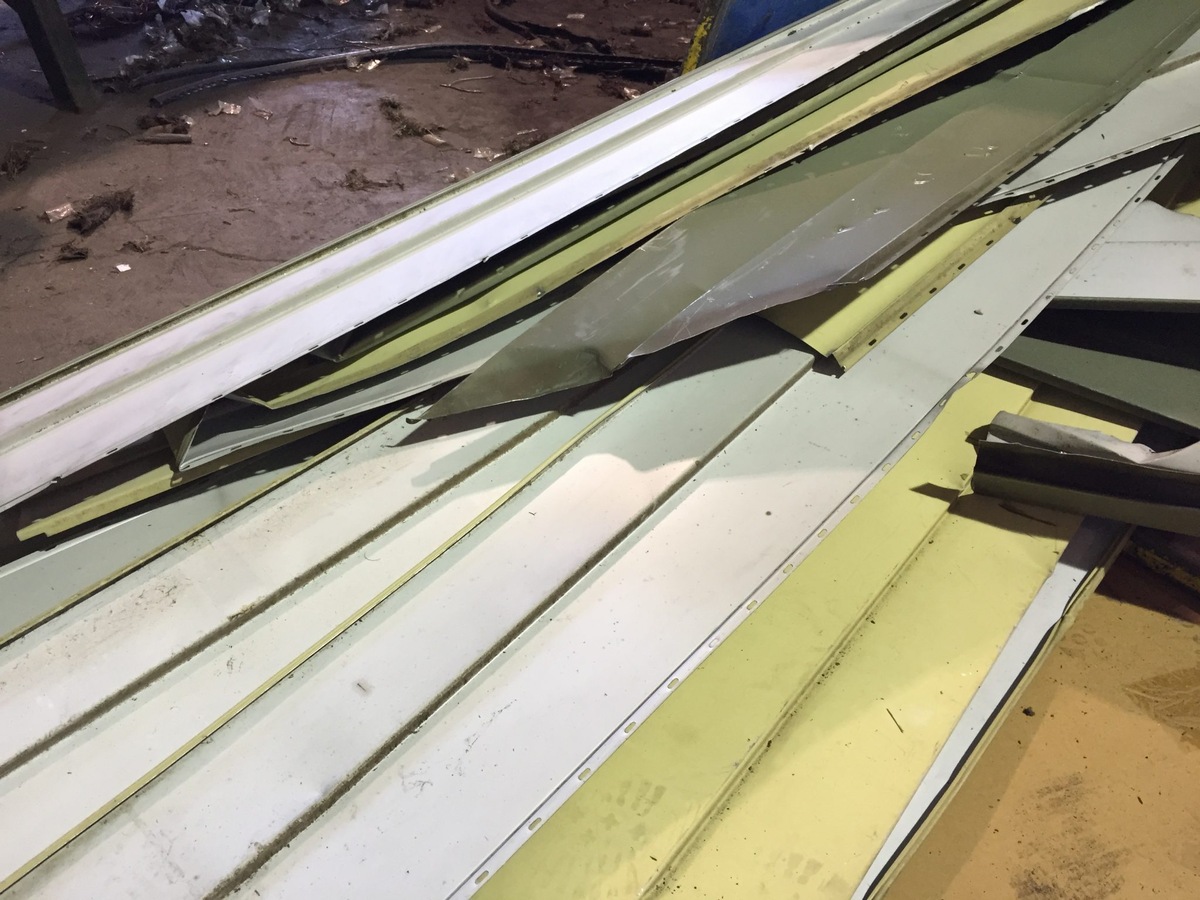

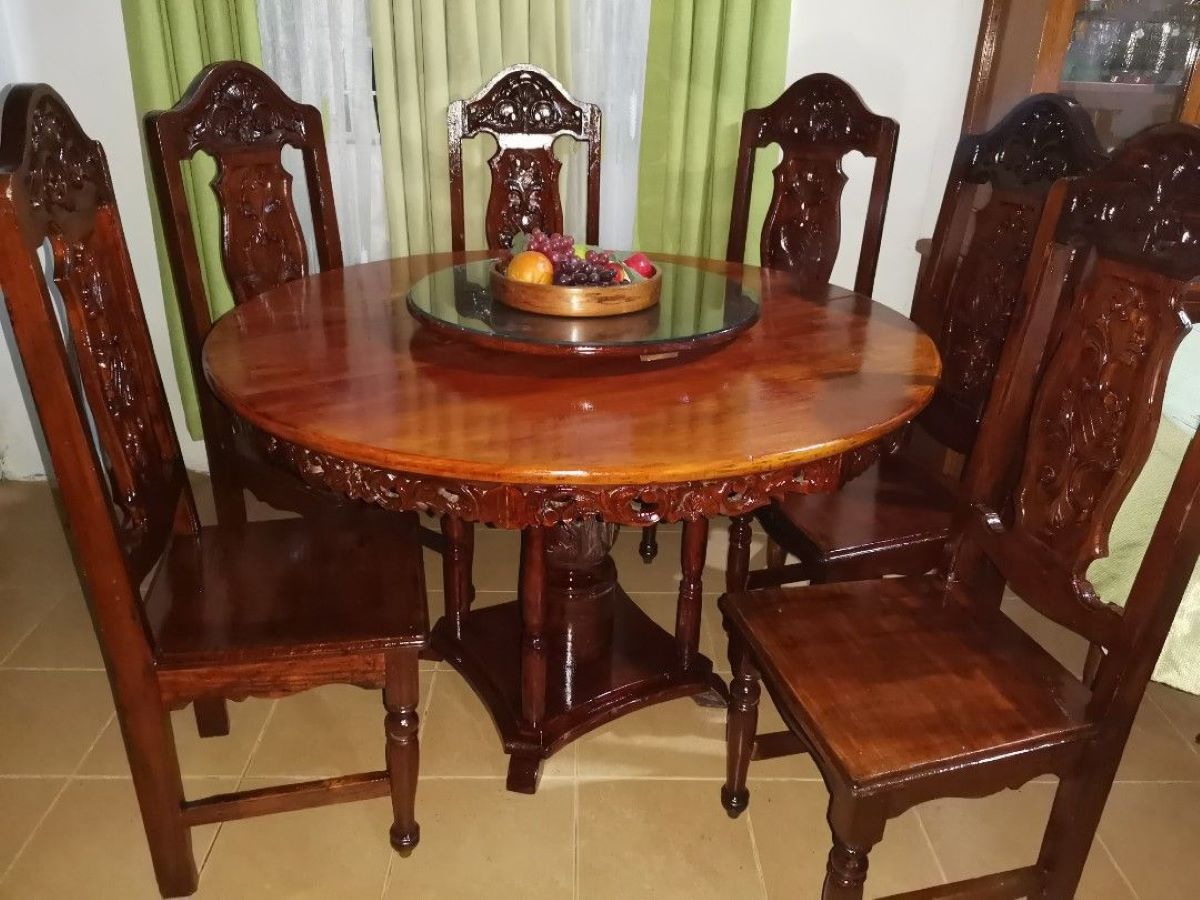

0 thoughts on “How Much Are Glass Floats Worth”